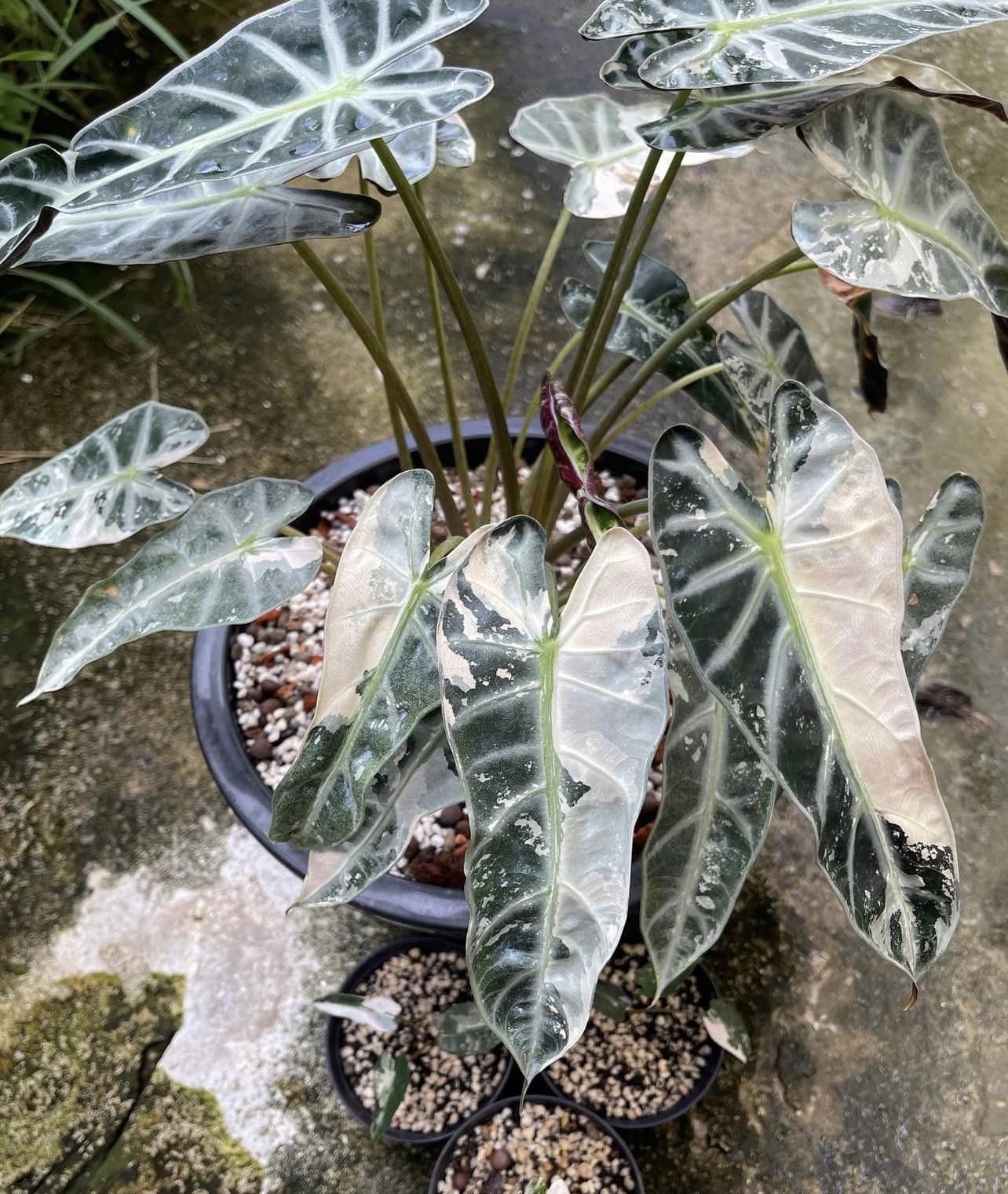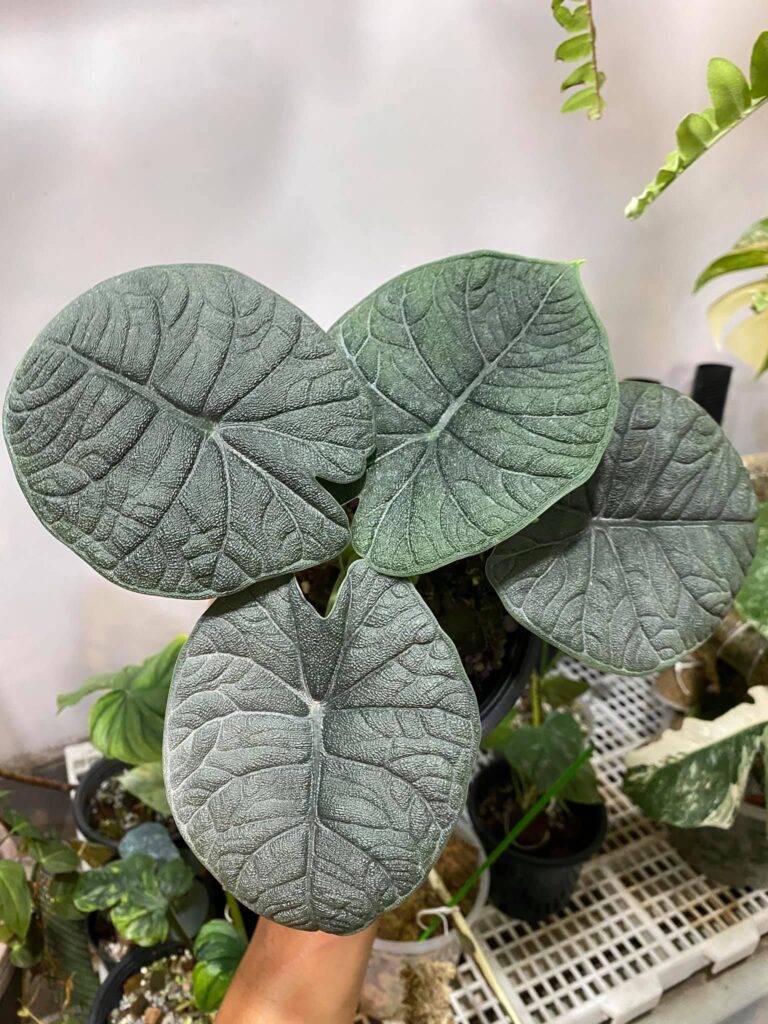If you’re like many people, you probably enjoy the beauty and natural appeal that indoor plants bring to your home. Not only do they add a touch of greenery and life to any room, but they also have a number of benefits for your health and well-being. Indoor plants have been shown to improve air quality, reduce stress and anxiety, and even boost productivity. However, in order to reap these benefits, it’s important to provide proper care for your houseplants. In this article, we’ll go over the key factors to consider when choosing and caring for indoor plants, as well as some common problems and solutions. By following these tips, you can keep your houseplants thriving and add a touch of nature to your home.
Choosing the Right Plants for Your Home:
When it comes to selecting the right plants for your home, there are a few key factors to consider. The first is lighting. Different plants have different light requirements, so it’s important to choose ones that will thrive in the lighting conditions of your home. For example, if you have a room with bright, indirect light, you might consider plants such as monstera plants, alocasia, or philodendrons. On the other hand, if you have a room with low light, you might want to opt for plants like pothos, spider plants, or dracaenas.

Another important factor to consider is the size and growth potential of the plant. If you have limited space or want to keep your plants small, you might choose varieties that stay on the smaller side. On the other hand, if you have plenty of space and want a statement piece, you might opt for a larger plant such as a fiddle leaf fig or monstera.
It’s also important to consider the level of maintenance required for each plant. Some plants are very low maintenance and can survive with minimal care, while others require more frequent watering, fertilizing, and grooming. Think about your lifestyle and how much time and effort you’re willing to put into caring for your plants.
Providing Proper Care for Your Indoor Plants:
Once you’ve chosen the right plants for your home, the next step is to provide proper care. Here are some key tips for keeping your houseplants healthy and thriving:
- Watering: The frequency and amount of watering required will vary depending on the type of plant and the conditions in your home. As a general rule, it’s better to underwater than overwater, as most plants will suffer from root rot if they’re consistently kept in moist soil. Use your finger or a moisture meter to check the moisture level of the soil before watering, and only water when the top inch or two of soil is dry. Also, be sure to use lukewarm water, as cold water can shock the plant.
- Fertilizing: Most indoor plants will benefit from occasional fertilizing, which helps to provide them with the nutrients they need to grow and thrive. There are a few different types of fertilizers to choose from, including liquid, granular, and slow-release. Follow the instructions on the fertilizer package for the proper dosage and frequency. It’s generally best to fertilize during the growing season (spring through fall) and to reduce or stop fertilizing during the winter months.
- Pruning and grooming: To keep your plants looking their best, it’s important to remove any dead or damaged leaves and stems on a regular basis. This will help to encourage new growth and keep the plant looking healthy. You can also trim and shape the plant to your desired size and shape. Just be sure to use clean, sharp scissors or pruning shears and make sure not to remove too much of the plant at once.
- Pest control: Unfortunately, indoor plants can sometimes be prone to pests such as aphids, mealybugs, and spider mites. If you notice any signs of pests, such as small insects or webbing on the leaves, it’s important to take action quickly. There are a few different methods you can try to get rid of pests, such as using a natural insecticide, wiping the leaves with a mixture of water and dish soap, or introducing natural predators like ladybugs or praying mantises.

Alocasia Melo
Common Problems and Solutions for Indoor Plants:
Even with proper care, indoor plants can sometimes experience problems. Here are a few common issues you might encounter and some solutions to try:
- Yellowing leaves: Yellowing leaves can be a sign of over- or under-watering, a lack of nutrients, or a pest infestation. To fix this problem, try adjusting your watering schedule, fertilizing the plant, or treating for pests.
- Brown or crispy leaves: Dry, brown, or crispy leaves can be a sign of underwatering, over-exposure to sunlight, or dry air. To fix this problem, try increasing the frequency of watering, moving the plant to a location with less direct sunlight, or increasing humidity with a humidifier or by misting the leaves.
- Stunted growth: If your plant is not growing as quickly as you’d like, it might be a sign of a nutrient deficiency or too much or too little sunlight. Try fertilizing the plant and adjusting its location to find the right balance.
- Pest infestations: As mentioned above, pests can be a problem for indoor plants. If you notice any signs of pests, be sure to take action quickly to prevent the infestation from spreading.
Conclusion:
By following these tips for choosing and caring for indoor plants, you can enjoy the many benefits that houseplants have to offer. Just remember to consider the lighting, size, and maintenance requirements of each plant, and be sure to provide the right amount of water, fertilization, pruning, and pest control. With proper care, your indoor plants can thrive and bring a touch of nature to your home.


